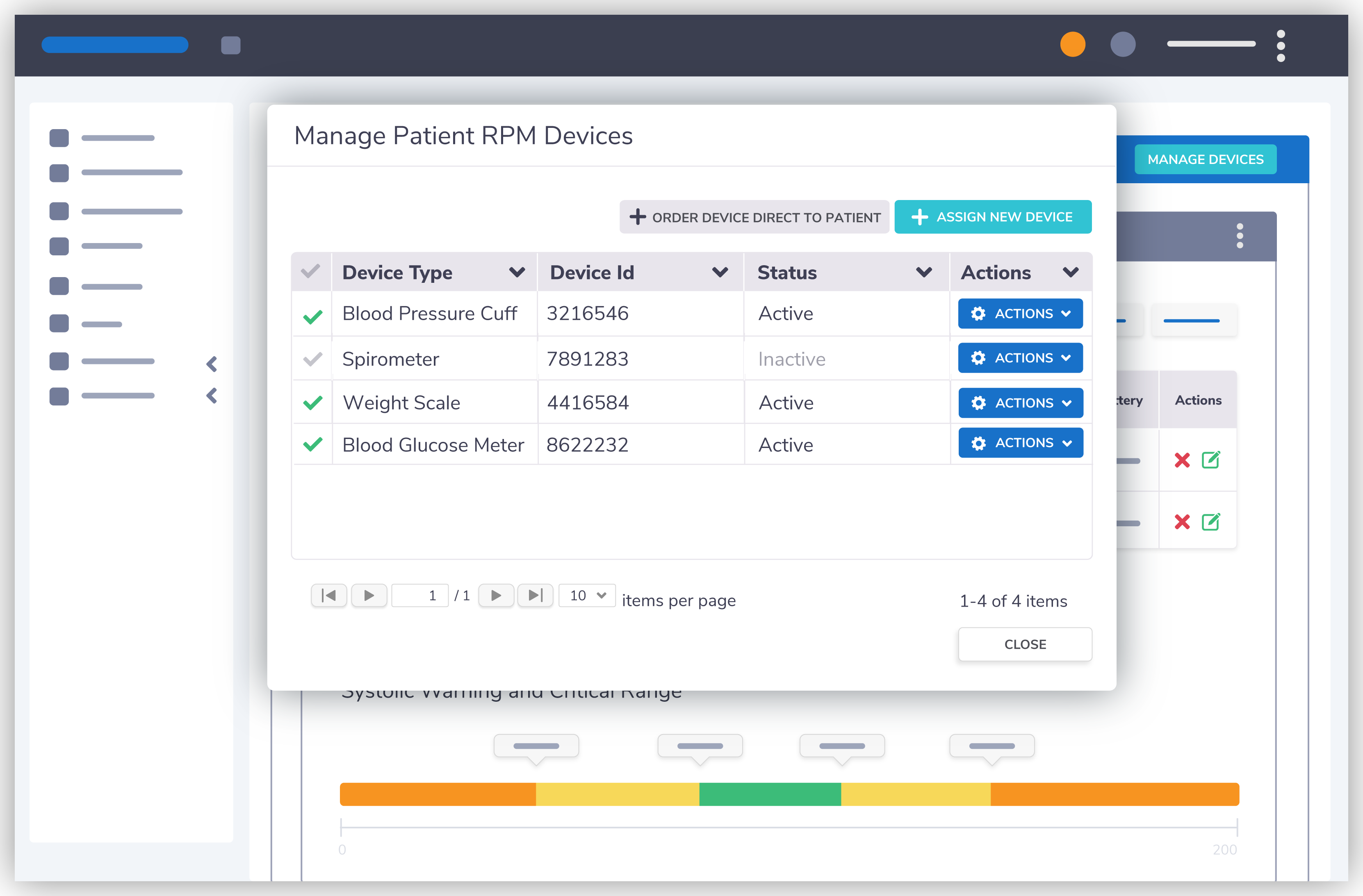The Future of Medical Care: Remote Client Checking Simplified
As medical care continues to progress, one area that holds enormous pledge is remote individual tracking. With a focus on enhancing client outcomes and streamlining health care delivery, remote surveillance is positioned to reinvent the market.
Advantages of Remote Client Monitoring
Remote patient surveillance provides a wide variety of benefits for both health care service providers and people alike. Additionally, remote person monitoring improves the total quality of care by supplying an extra extensive and all natural sight of people' health condition past typical in-person check outs.
In addition, remote patient monitoring can cause better person outcomes and fulfillment. People can enjoy the ease of obtaining treatment in the comfort of their own homes while still knowing that their health and wellness is being carefully checked. This can cause raised patient engagement and adherence to treatment plans, eventually causing much better health and wellness results. Moreover, remote tracking can minimize the requirement for regular health center visits, lowering healthcare prices for both companies and clients. In general, the advantages of remote patient surveillance are clear, making it a valuable tool in modern medical care shipment.
Innovation Driving Remote Monitoring
In the world of contemporary healthcare, technical developments play a crucial function in driving the evolution and performance of remote client monitoring. The combination of innovative modern technologies such as wearable devices, mobile applications, and cloud-based systems has changed the method medical care suppliers from another location monitor and take care of individual health - remote patient monitoring platform. These innovations make it possible for continuous real-time tracking of crucial signs, medicine adherence, and various other crucial health and wellness information, permitting for timely interventions and individualized treatment plans
One secret technology driving remote tracking is the Web of Points (IoT), which enables seamless connectivity in between clinical tools and healthcare systems. IoT devices such as smartwatches and cordless sensing units transfer and gather person information to central platforms, assisting in remote surveillance from throughout the world. Expert system (AI) and artificial intelligence formulas further enhance remote monitoring by analyzing large amounts of client data to find patterns, anticipate health patterns, and alert healthcare providers to potential issues.
Influence on Medical Care Distribution
With the assimilation of sophisticated innovations driving remote individual tracking, the influence on healthcare delivery is becoming transformative and progressively profound. Remote patient surveillance permits health care companies to provide more proactive and tailored like people, bring about enhanced health end results and lowered health center admissions. By remotely tracking vital indicators, signs, and medication adherence, healthcare specialists can step in early, avoiding difficulties and improving the overall top quality of care.
Moreover, remote tracking enhances accessibility to health care services, especially for individuals in underserved or rural areas. Patients can get continuous tracking and support from their homes, getting rid of the demand for regular in-person discover this gos to. This not just saves time and minimizes costs for both individuals and healthcare facilities yet also lessens the danger of direct exposure to contagious conditions, a vital consideration in the present medical care landscape.
Additionally, remote client surveillance enables health care providers to better prioritize and assign sources treatment based on real-time data. By determining risky individuals and intervening quickly, health care distribution becomes much more reliable and reliable, ultimately resulting in a more lasting and patient-centered medical care system.
Improving Person End Results

Moreover, RPM permits aggressive monitoring of persistent conditions, decreasing the possibility of acute worsenings and hospital readmissions. People take advantage of raised comfort and comfort, as they can receive treatment in their very own homes while staying connected to their healthcare carriers. This continual tracking not only boosts patient complete satisfaction yet likewise fosters a feeling of empowerment and interaction in their own wellness administration.
Future Trends in Remote Monitoring
Welcoming innovative innovations in remote patient tracking official source is forming the future landscape of healthcare shipment. The future fads in remote monitoring are expected to change the method healthcare is supplied, making it much more patient-centric and reliable. One considerable trend is the increased use of wearable devices and sensing units to accumulate real-time information, making it possible for doctor to keep track of people continually without the demand for constant in-person check outs. These devices can track crucial signs, drug adherence, and activity levels, offering a thorough sight of the client's health and wellness condition.

Furthermore, telehealth platforms are coming to be more sophisticated, permitting digital assessments, remote diagnosis, why not check here and remote individual monitoring all in one integrated system (remote patient monitoring software). This holistic approach to remote monitoring is enhancing health care distribution, boosting person satisfaction, and ultimately, improving overall quality of care
Conclusion
In conclusion, remote patient monitoring offers numerous advantages in healthcare delivery, driven by advancements in technology. It has the potential to boost person end results and change the means health care is provided. Future trends in remote monitoring will certainly proceed to form the landscape of health care, supplying chances for more reliable and individualized individual care.
Remote patient monitoring provides a wide variety of benefits for both medical care carriers and clients alike. Additionally, remote patient surveillance improves the overall top quality of care by providing an extra extensive and holistic sight of individuals' health standing beyond typical in-person visits.
Additionally, remote client tracking can lead to enhanced client outcomes and contentment. Remote patient surveillance enables medical care companies to offer more tailored and positive treatment to patients, leading to enhanced wellness outcomes and minimized hospital admissions. Remote individual surveillance (RPM) plays a significant function in boosting client end results by providing constant, real-time information that allows health care providers to step in without delay and adjust treatment plans as required.